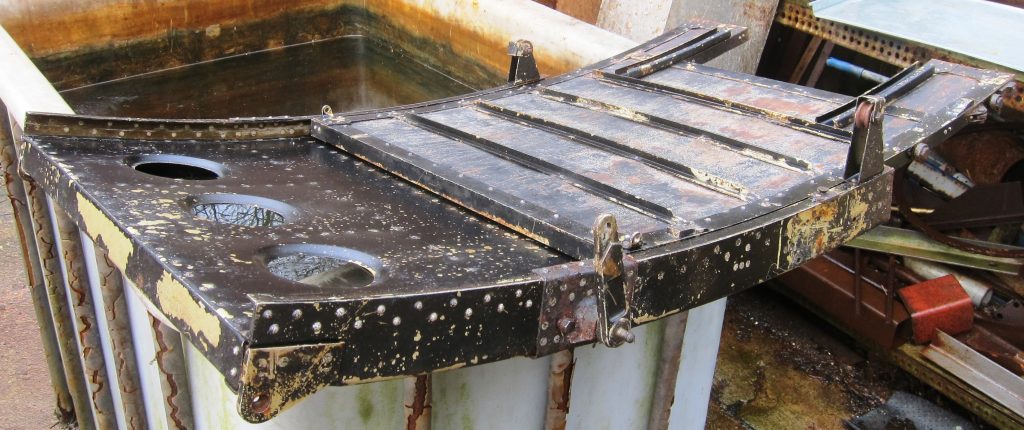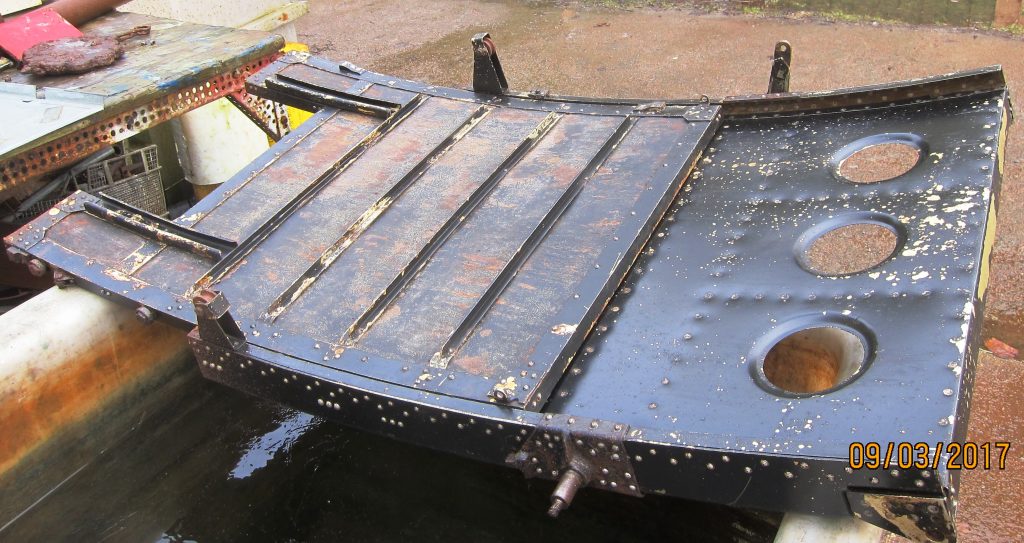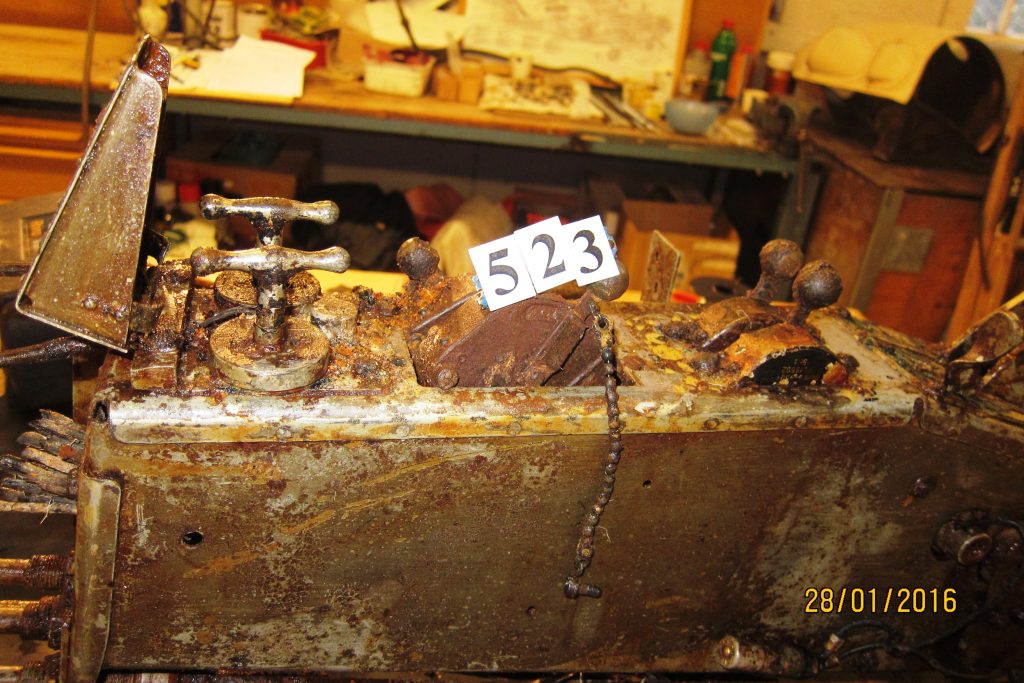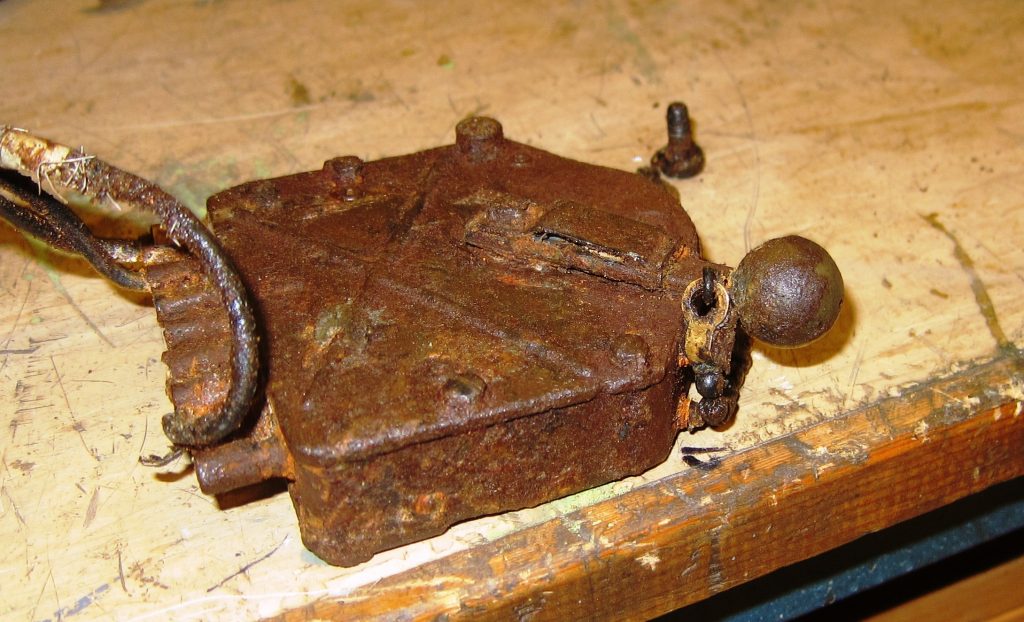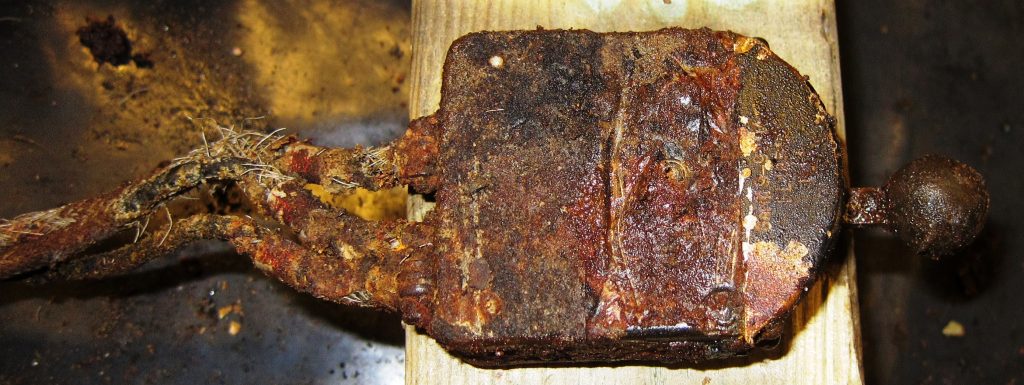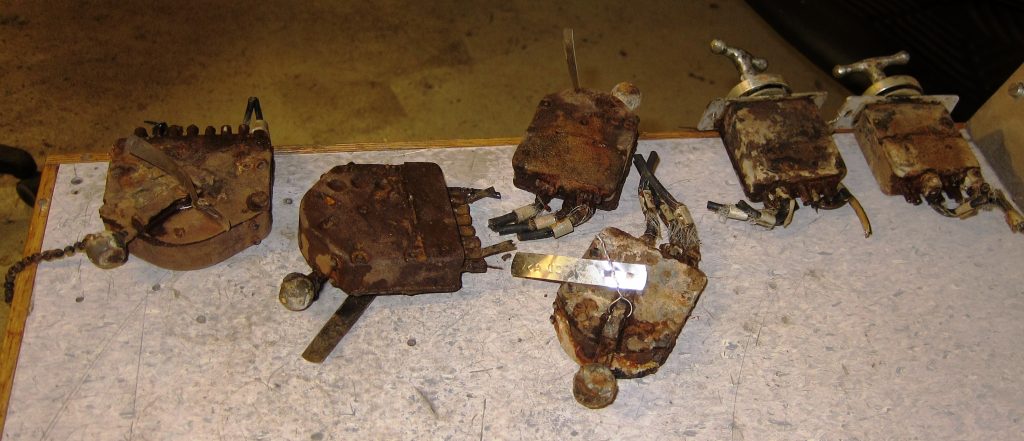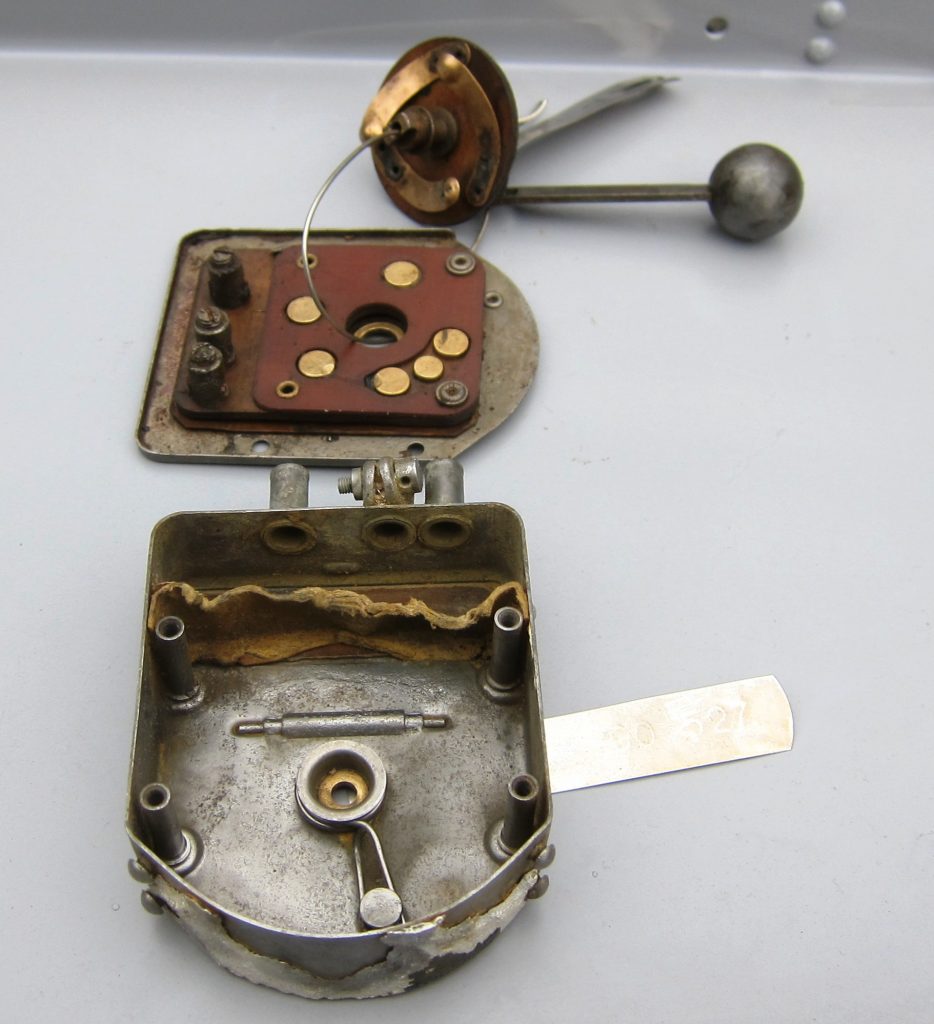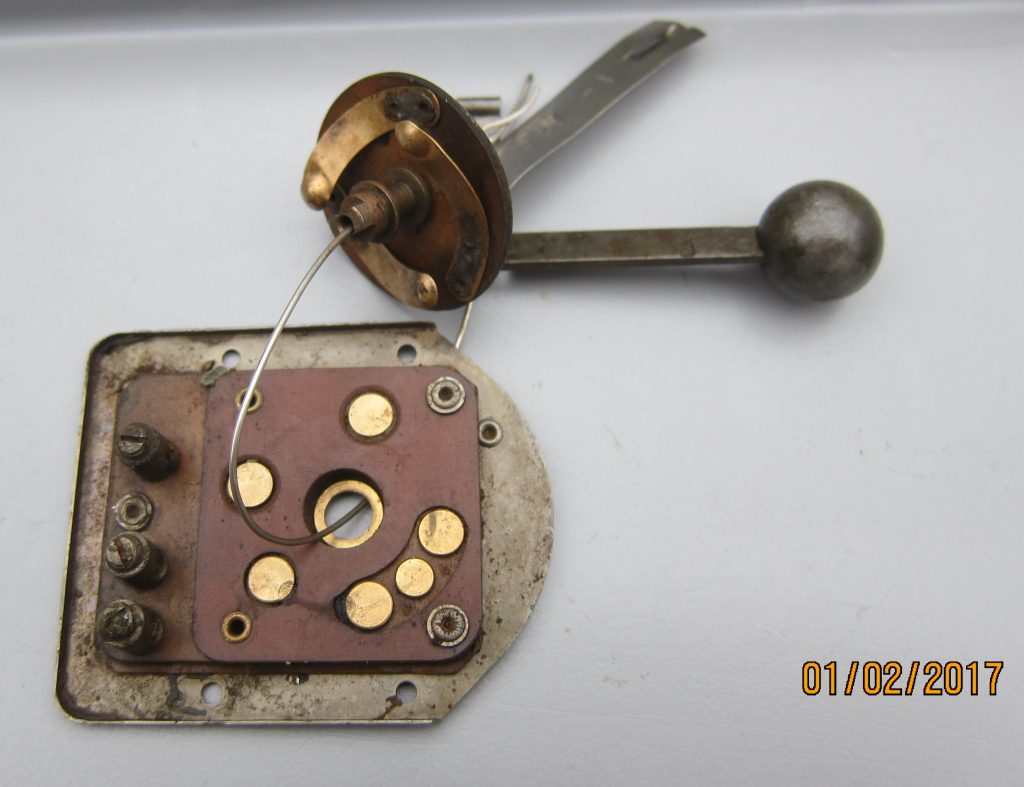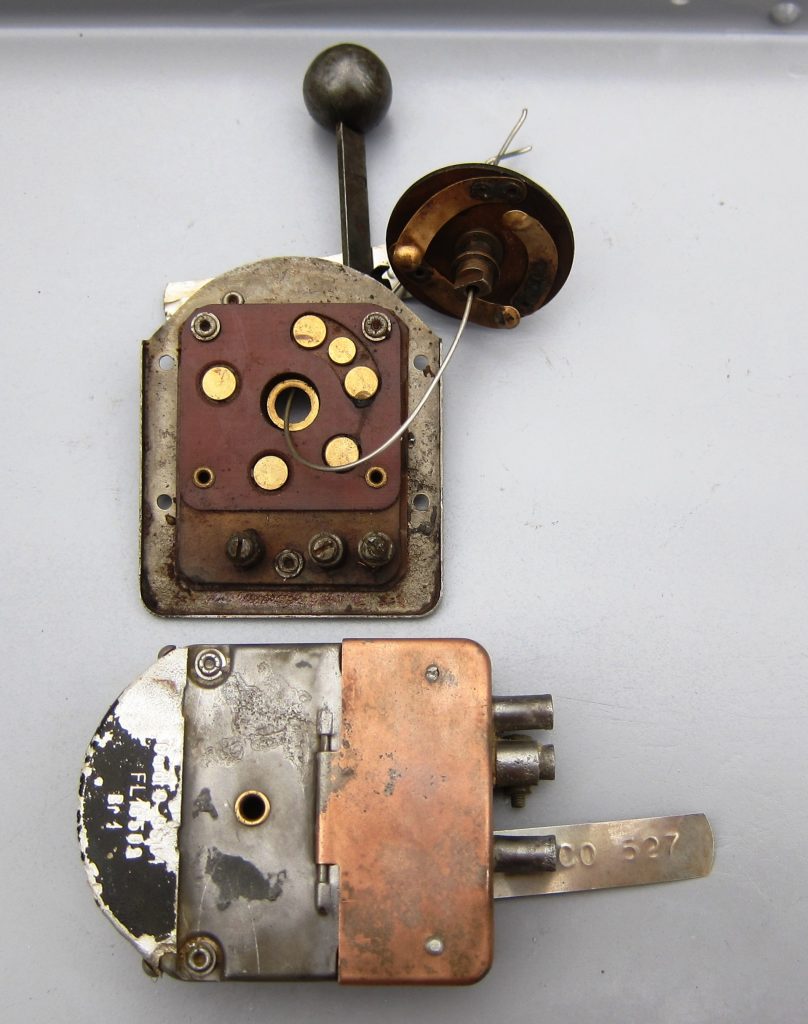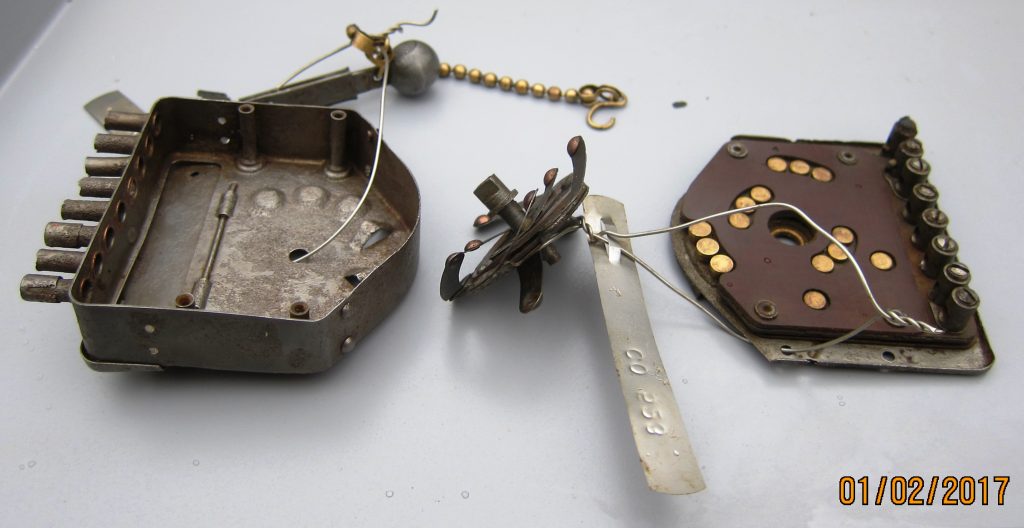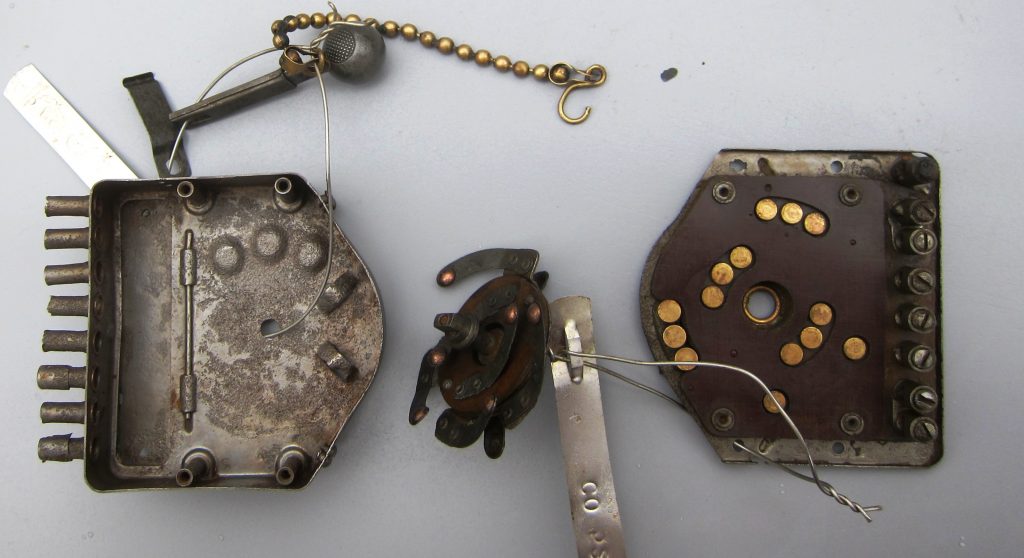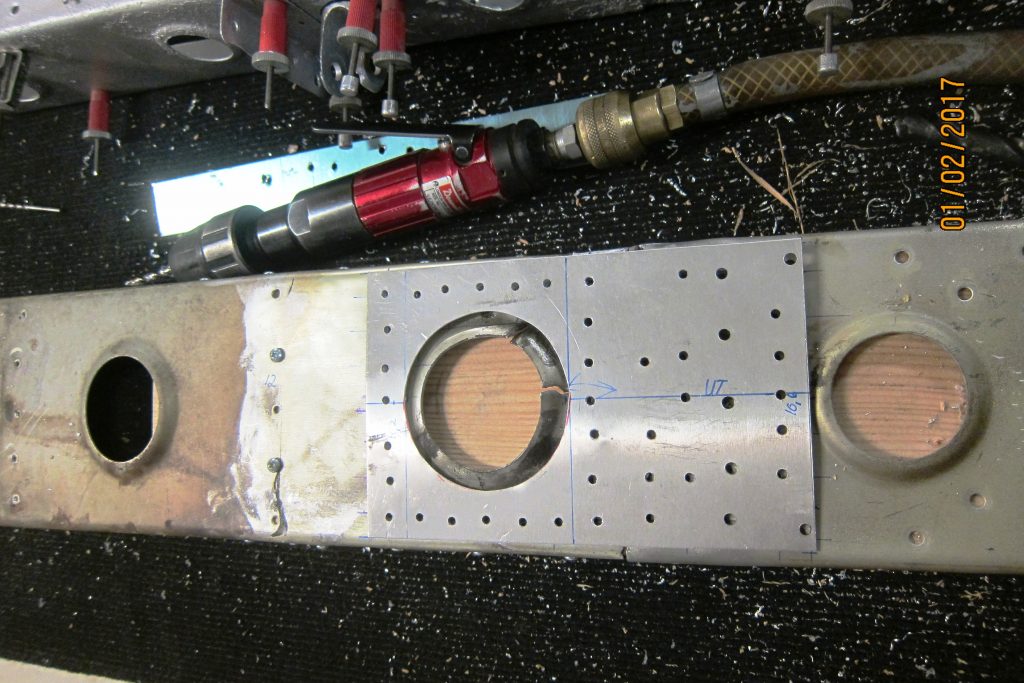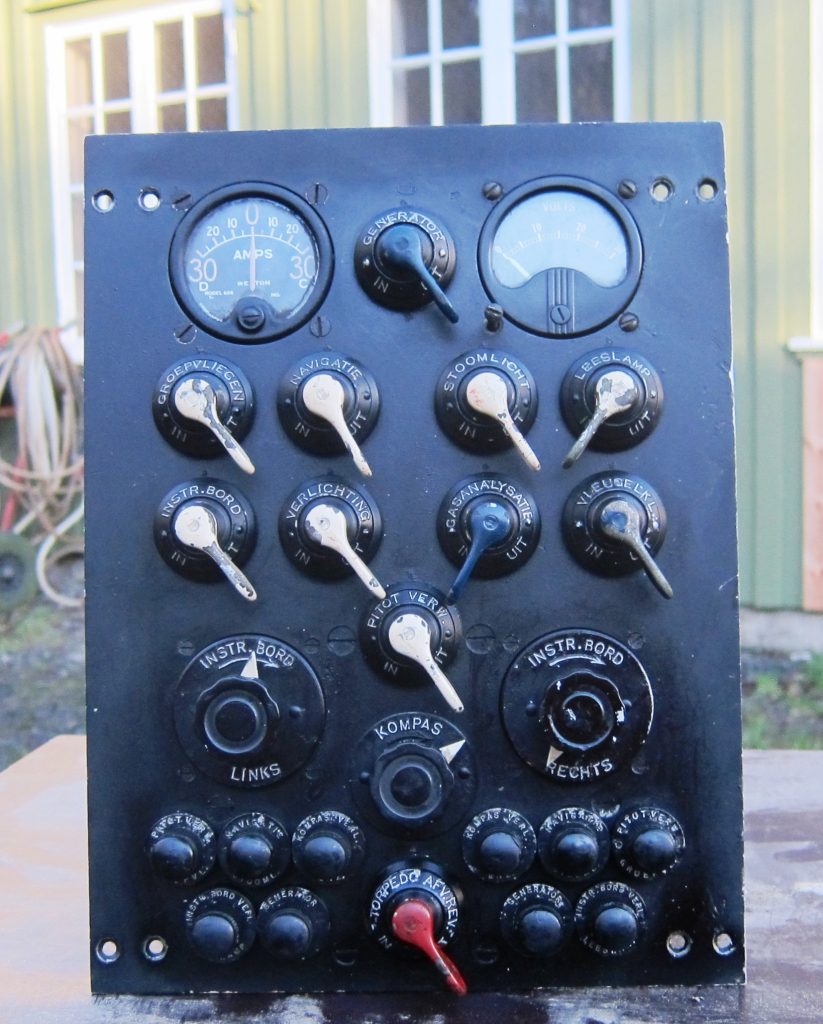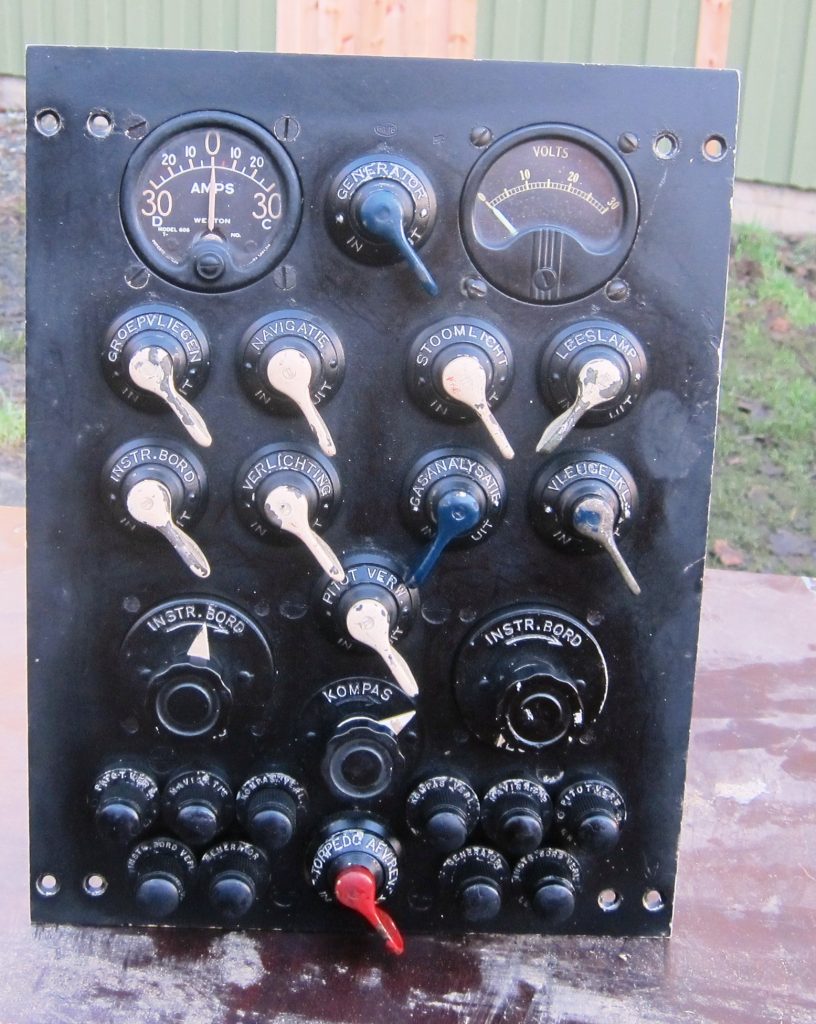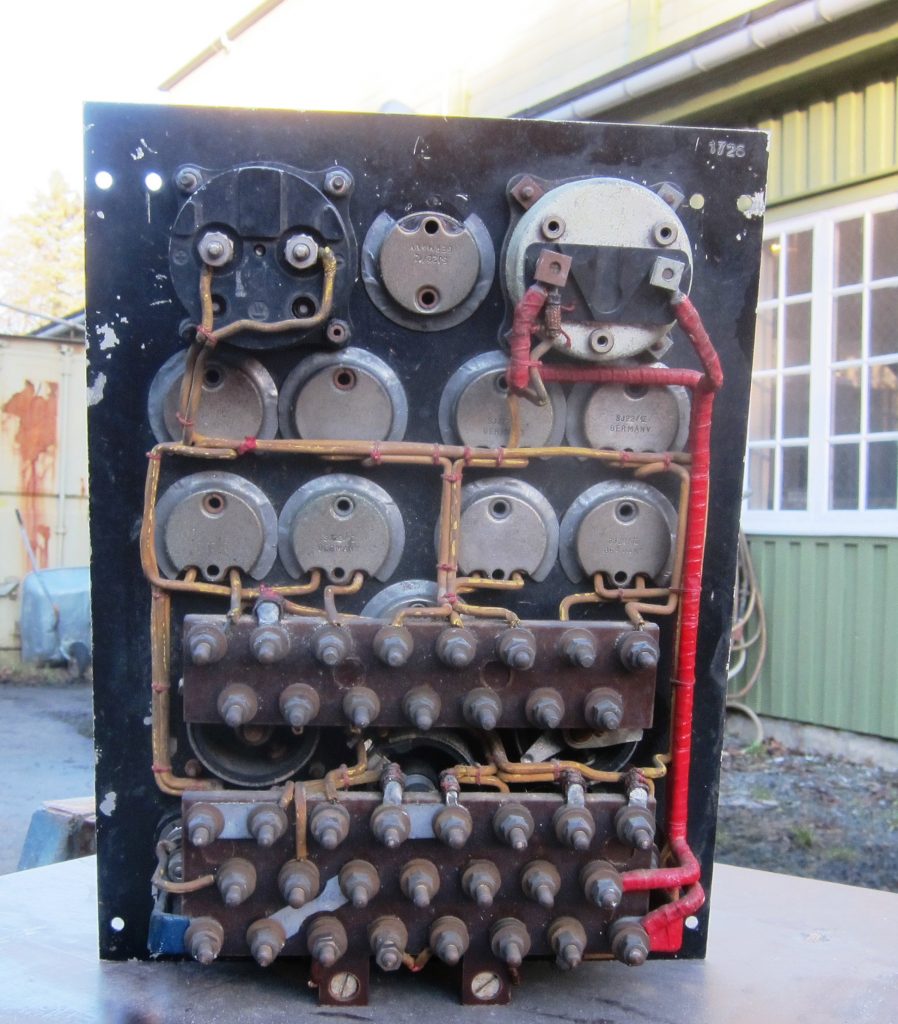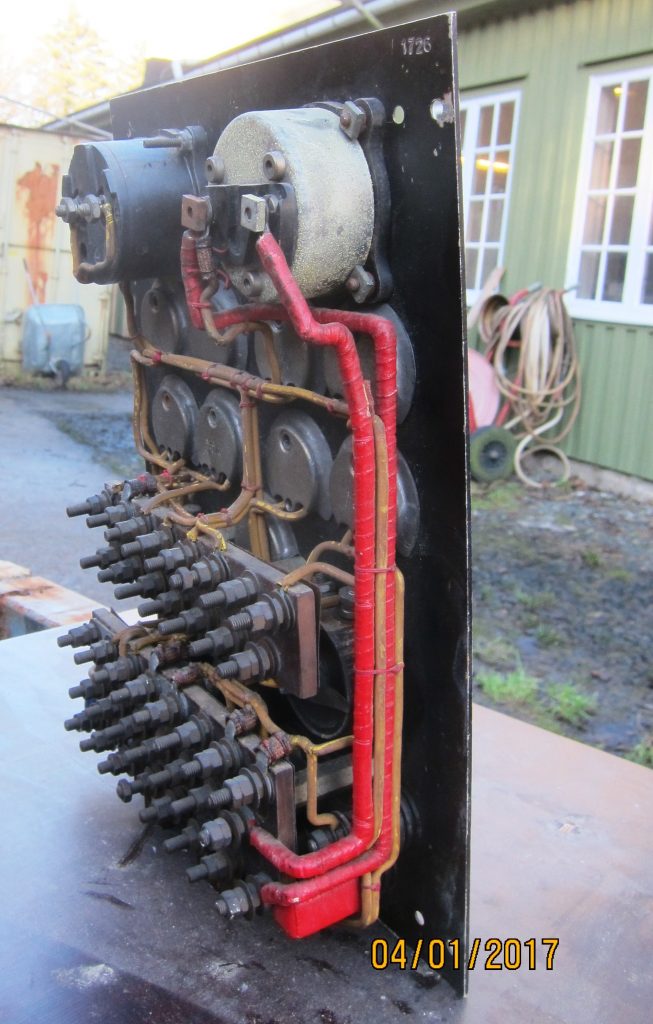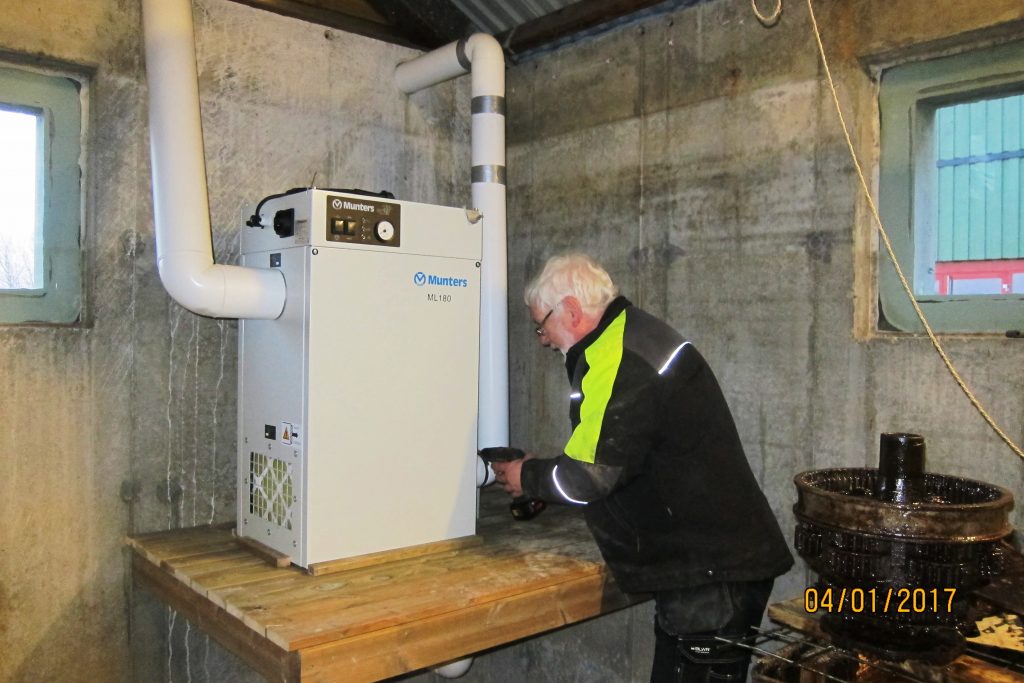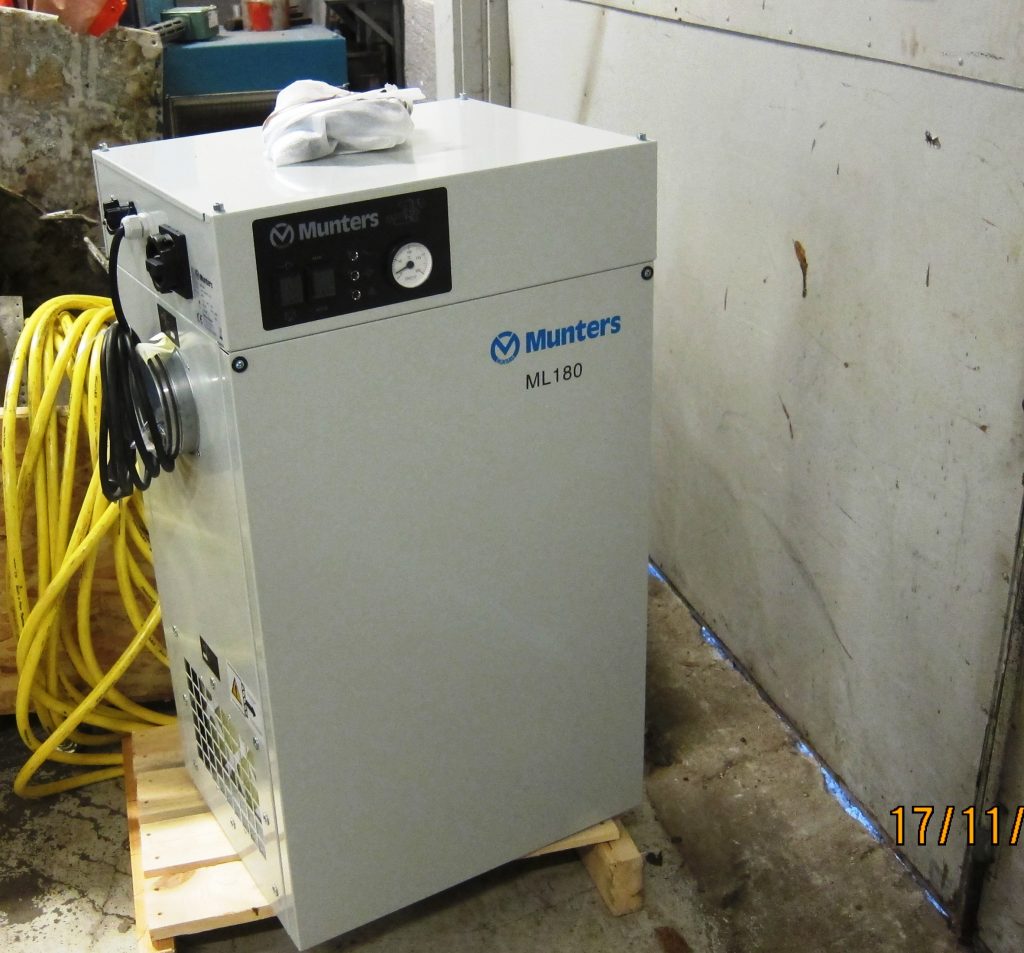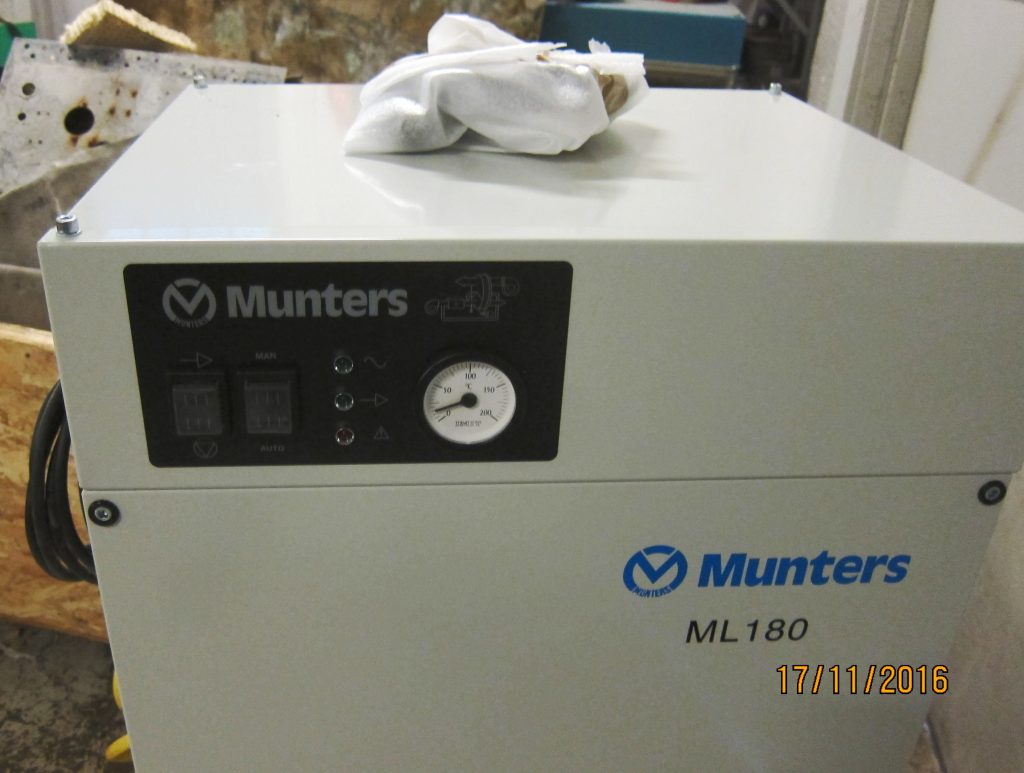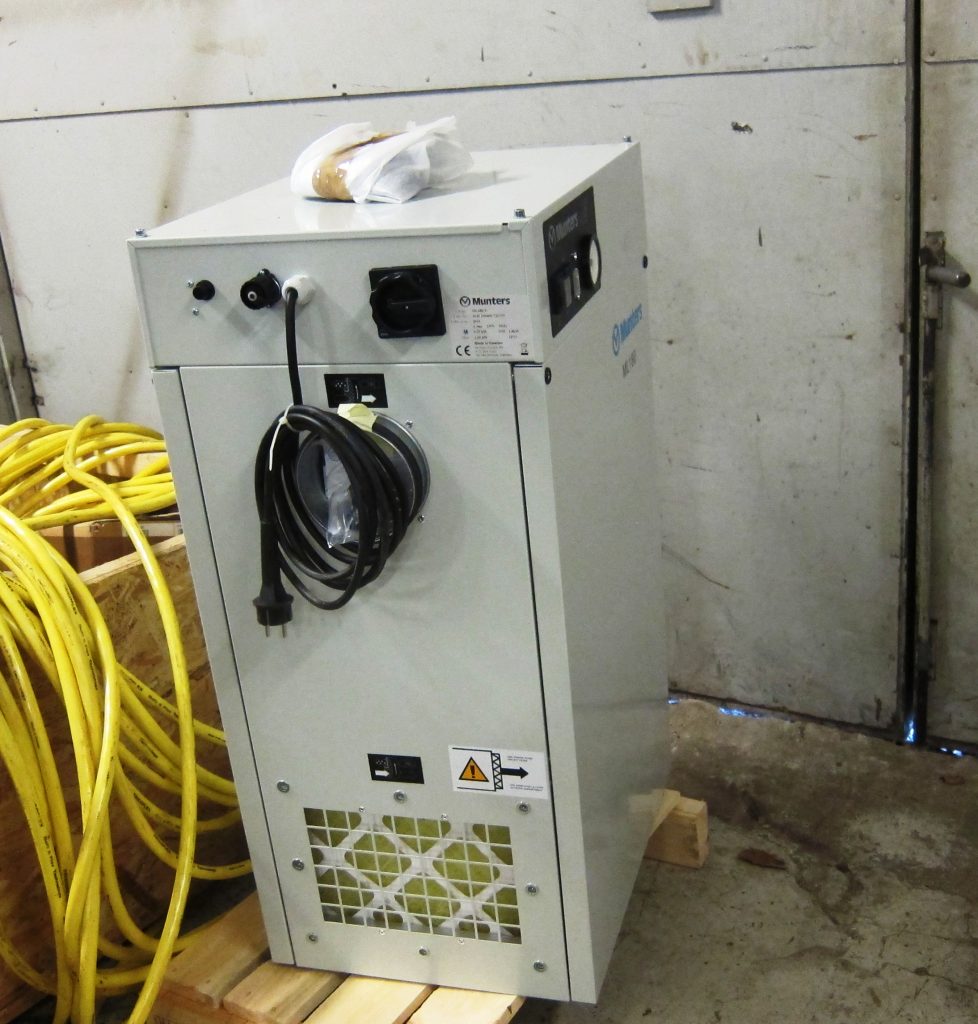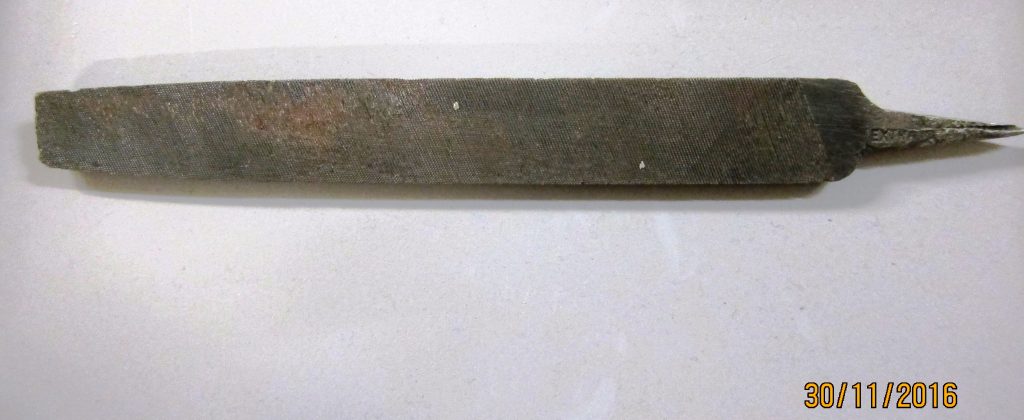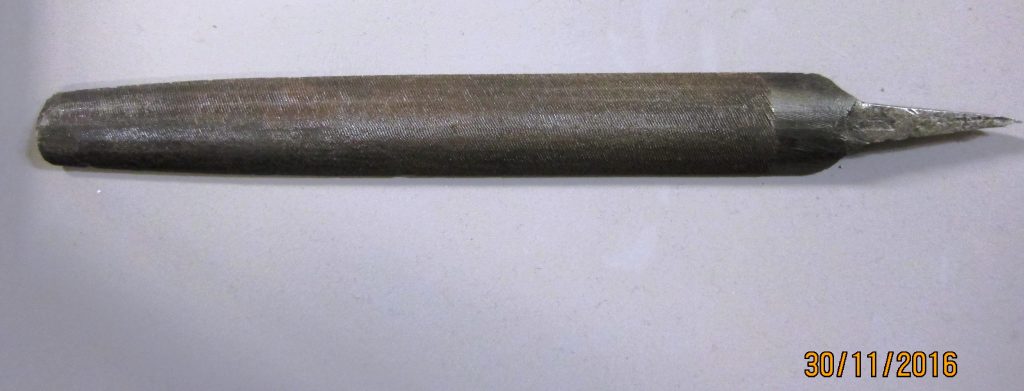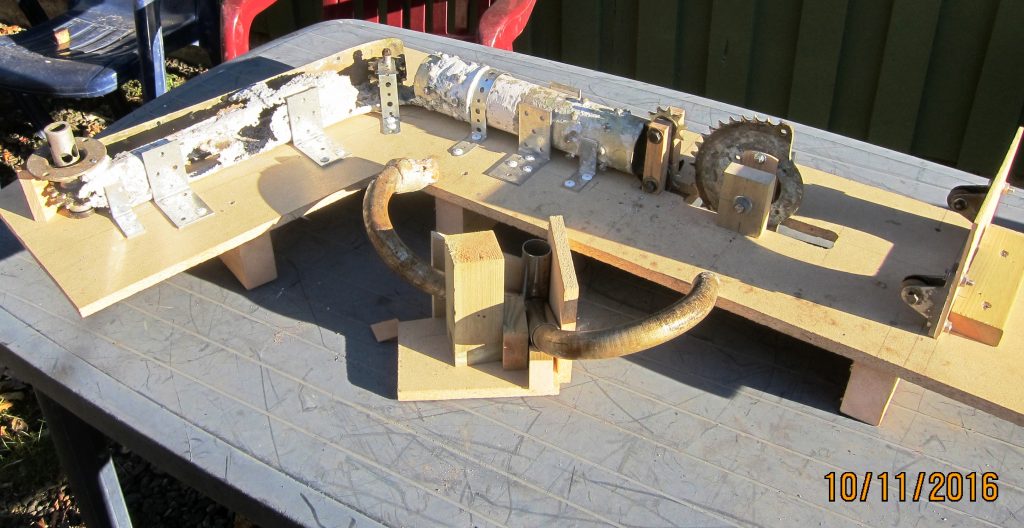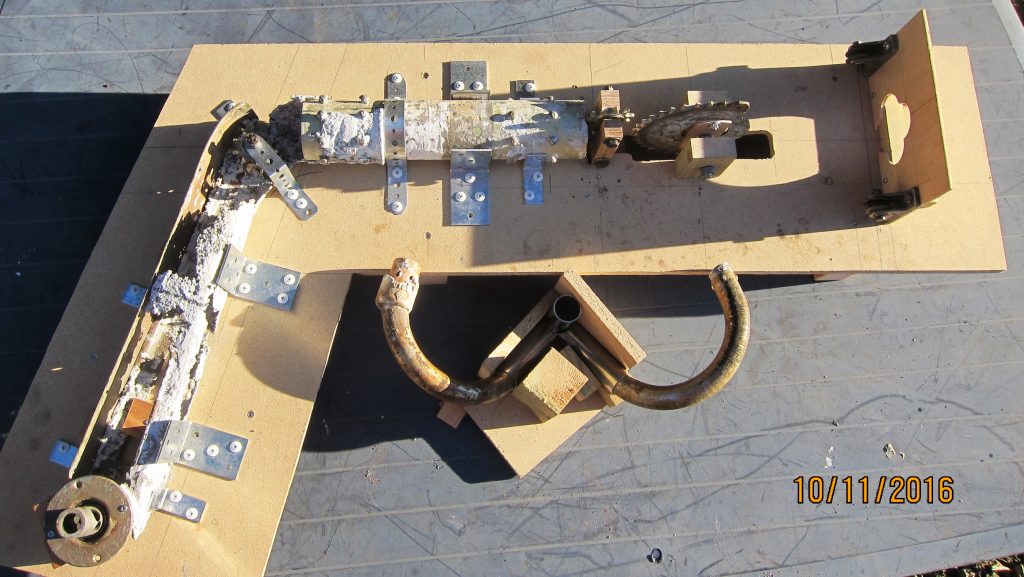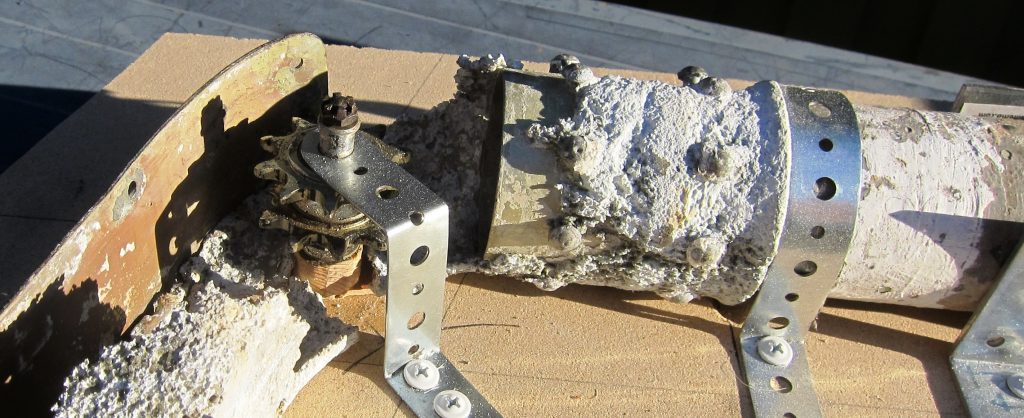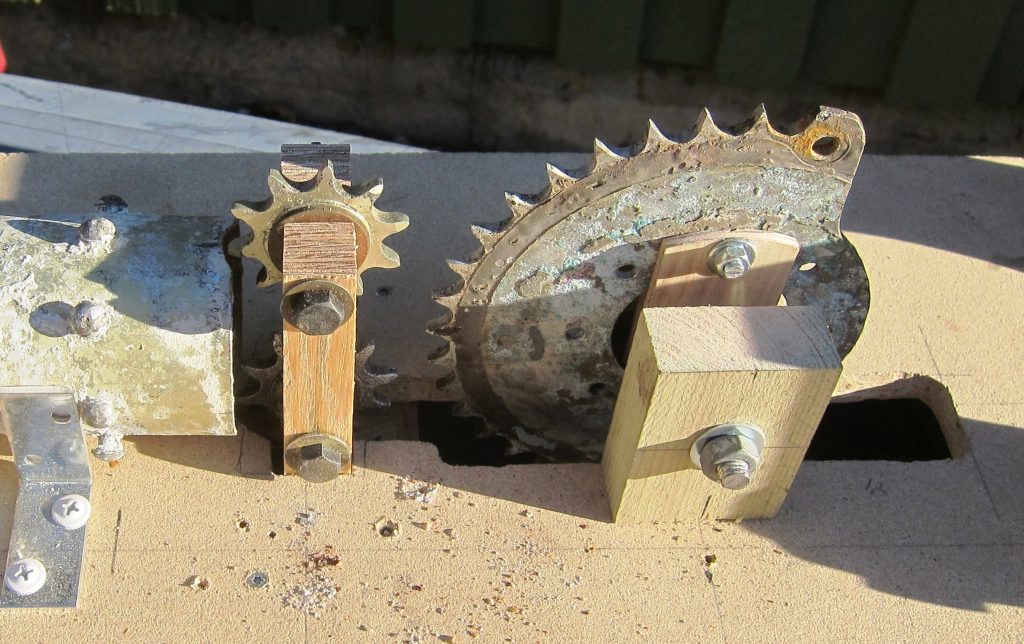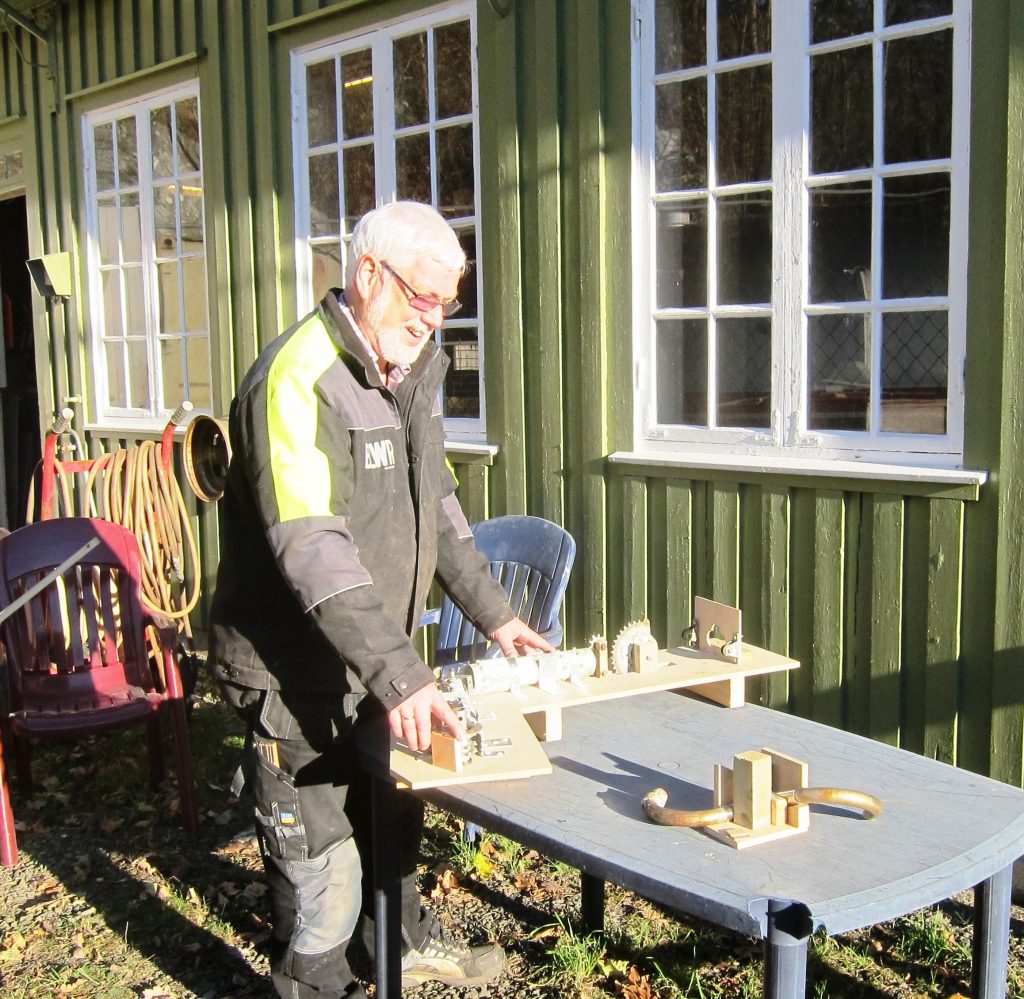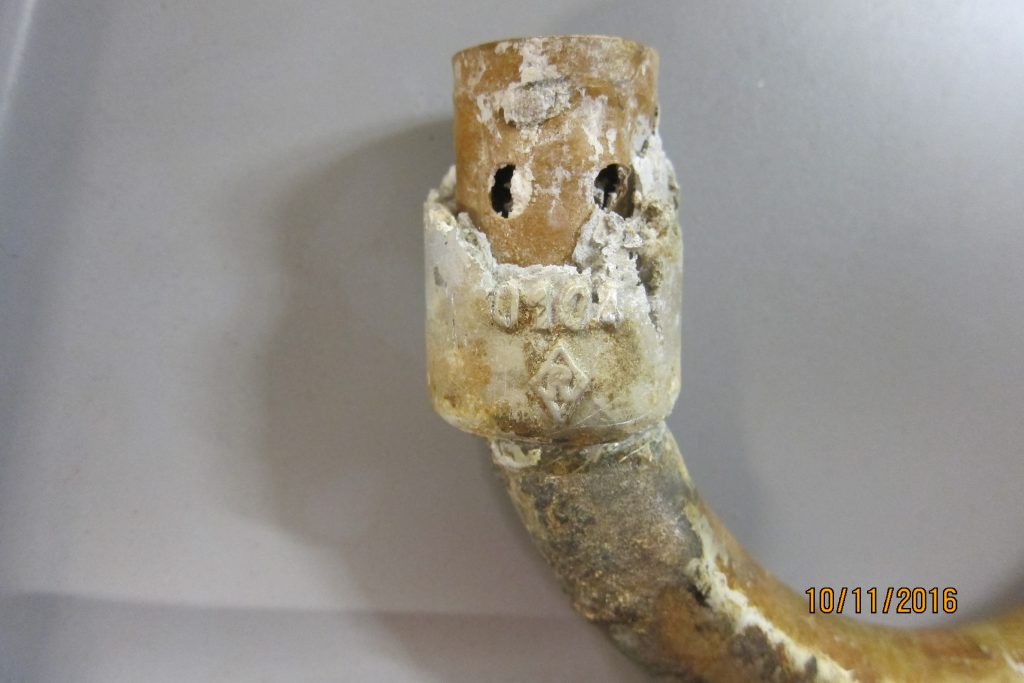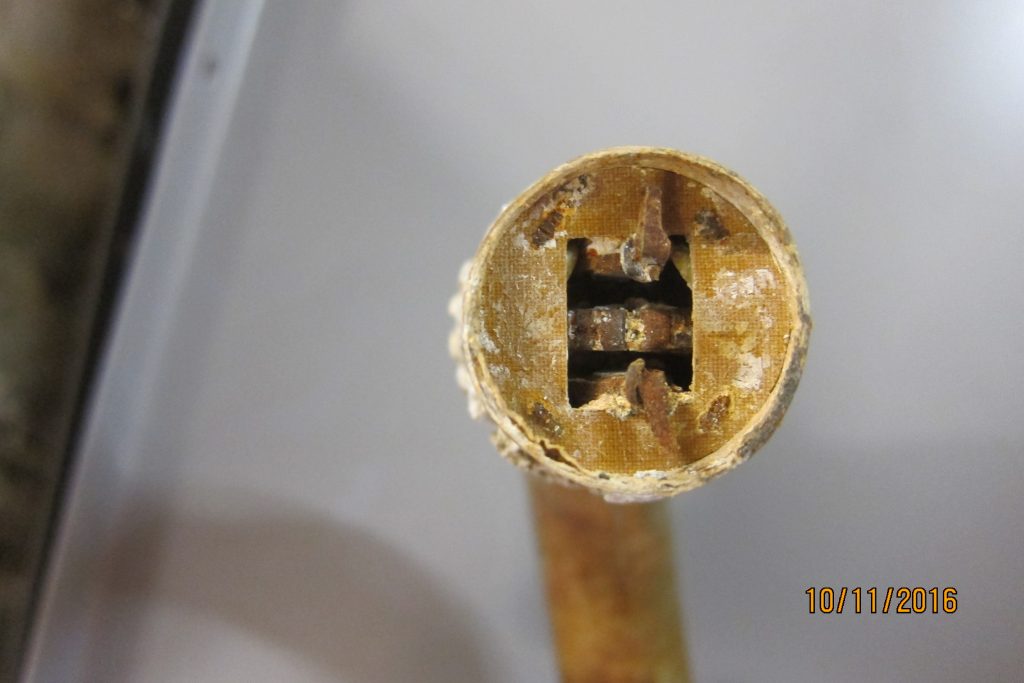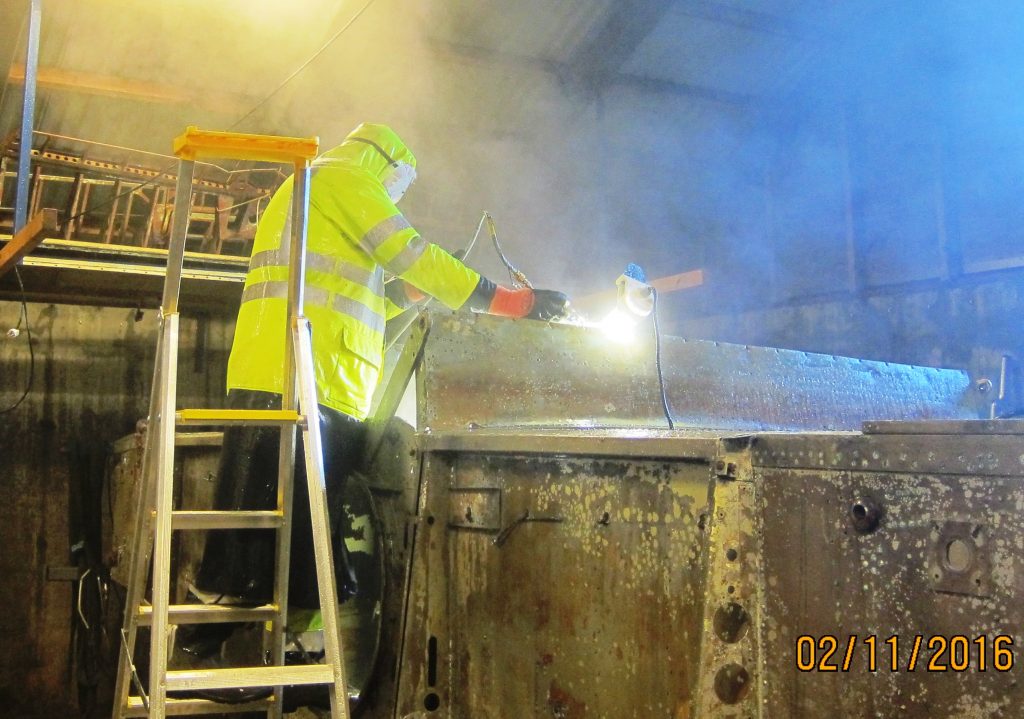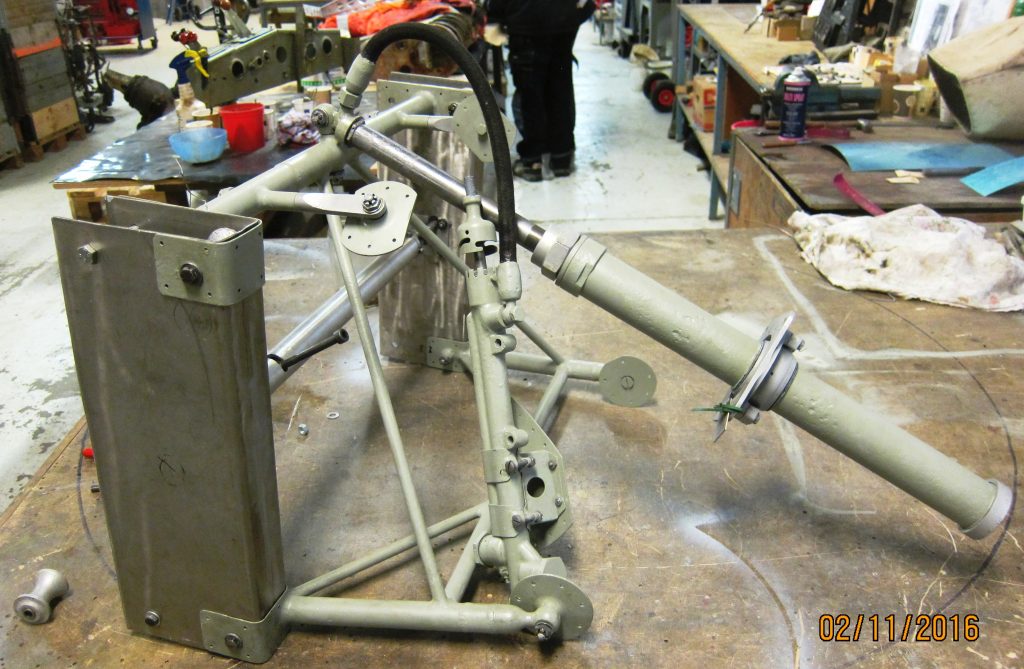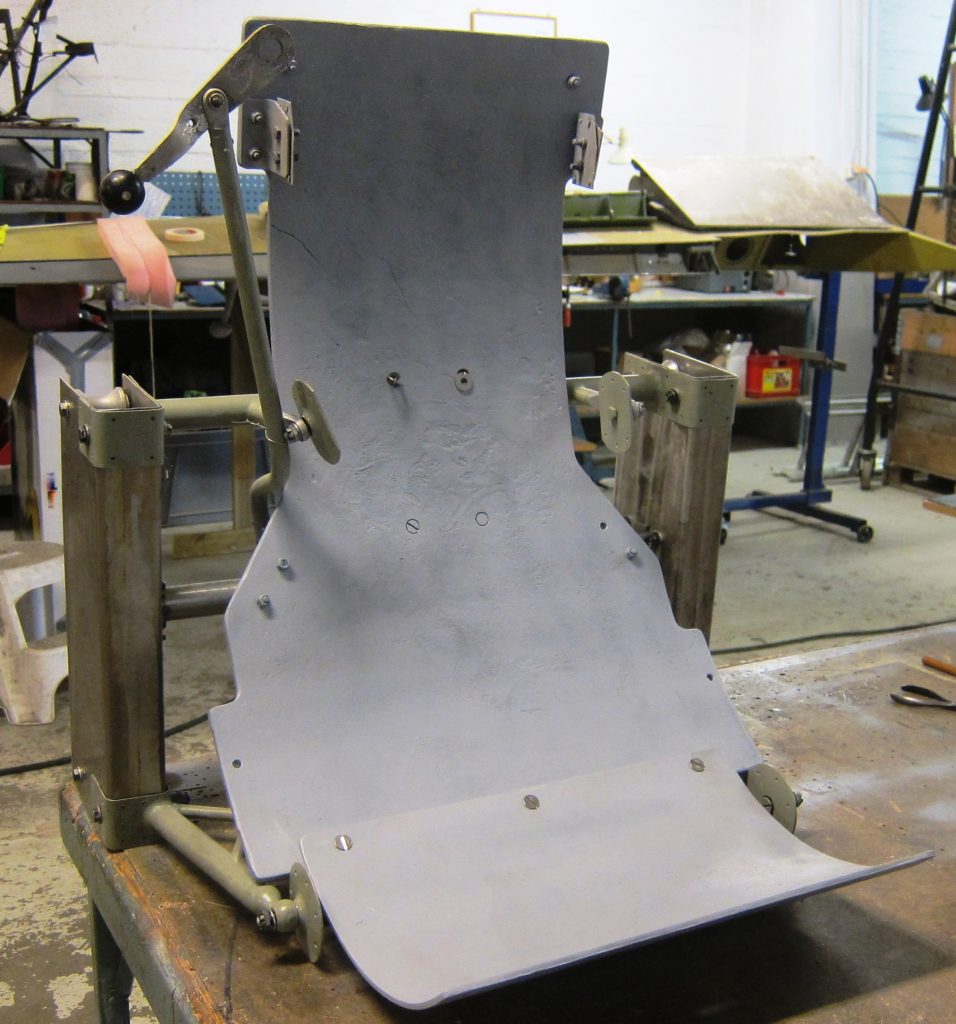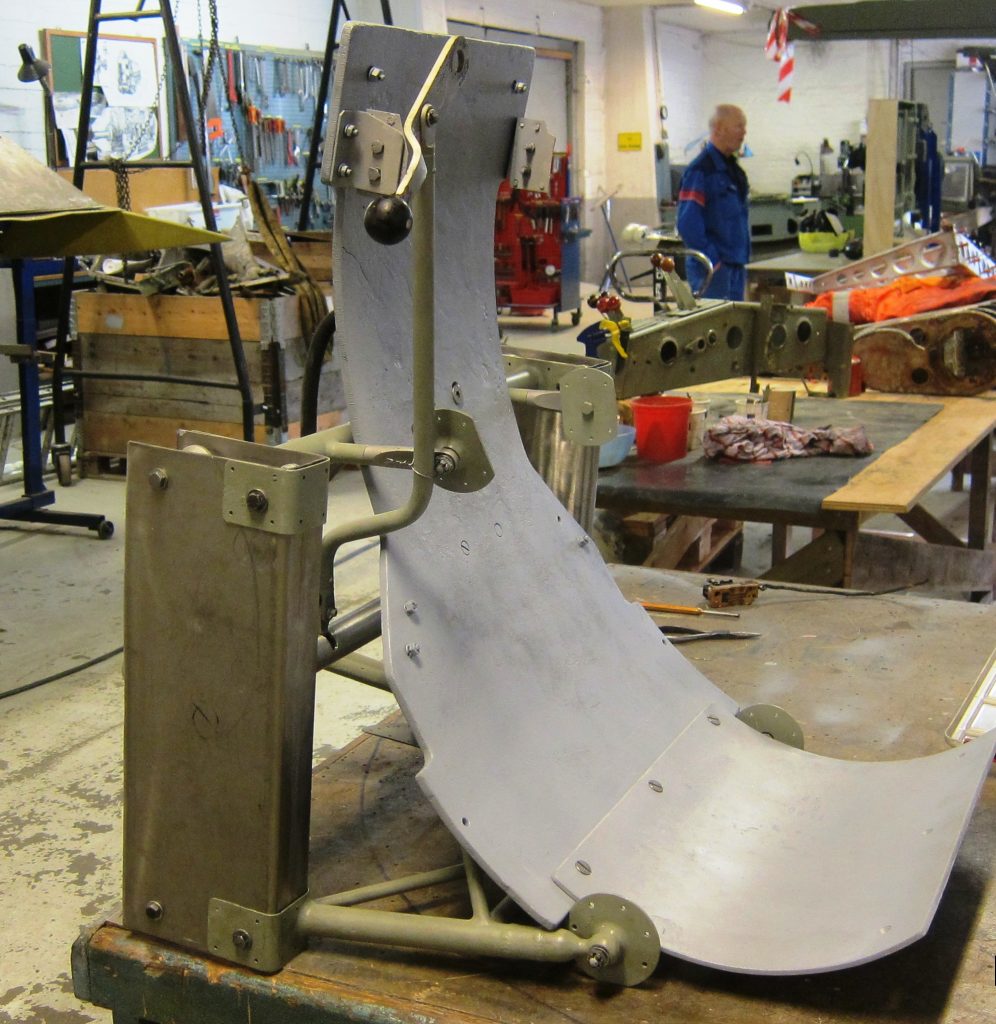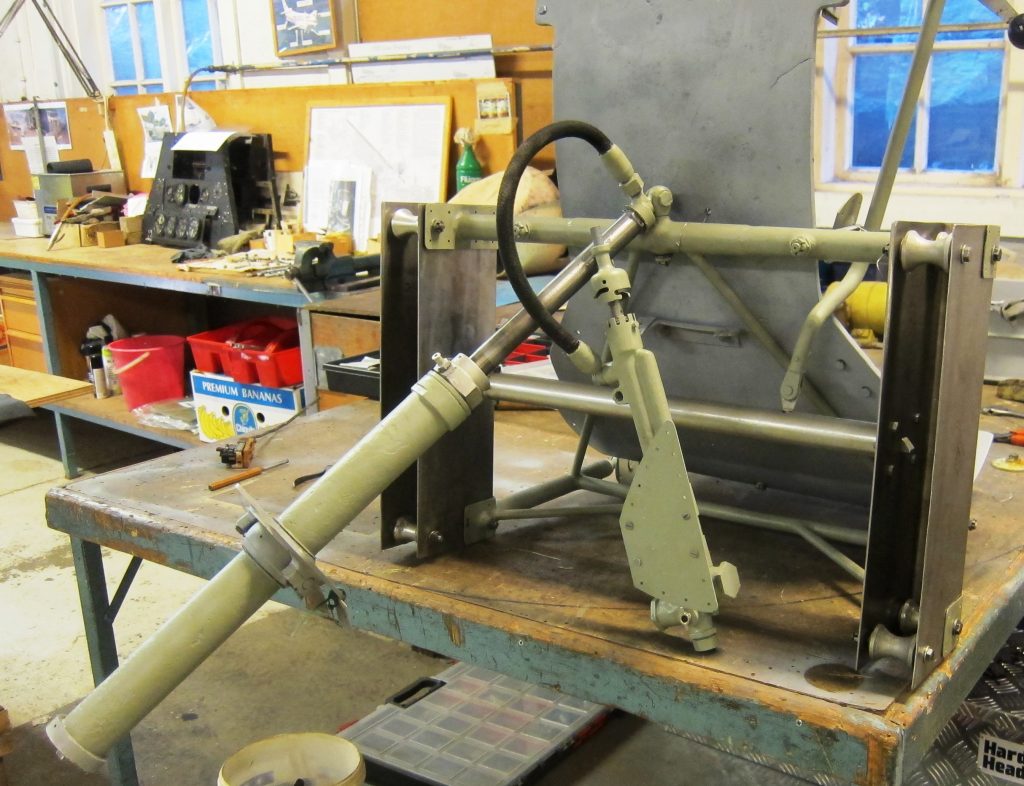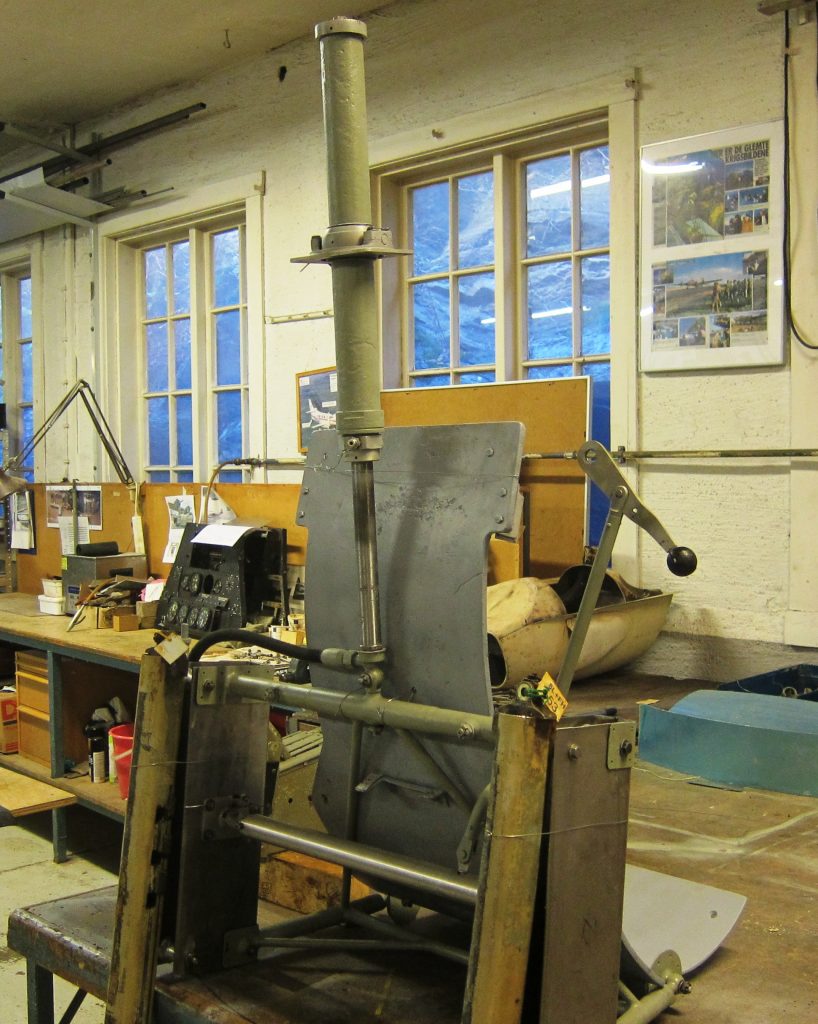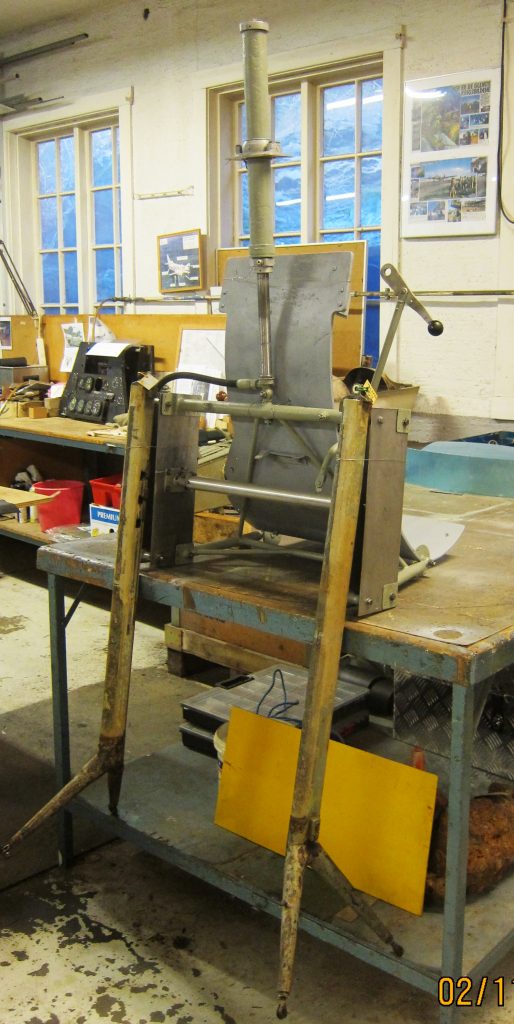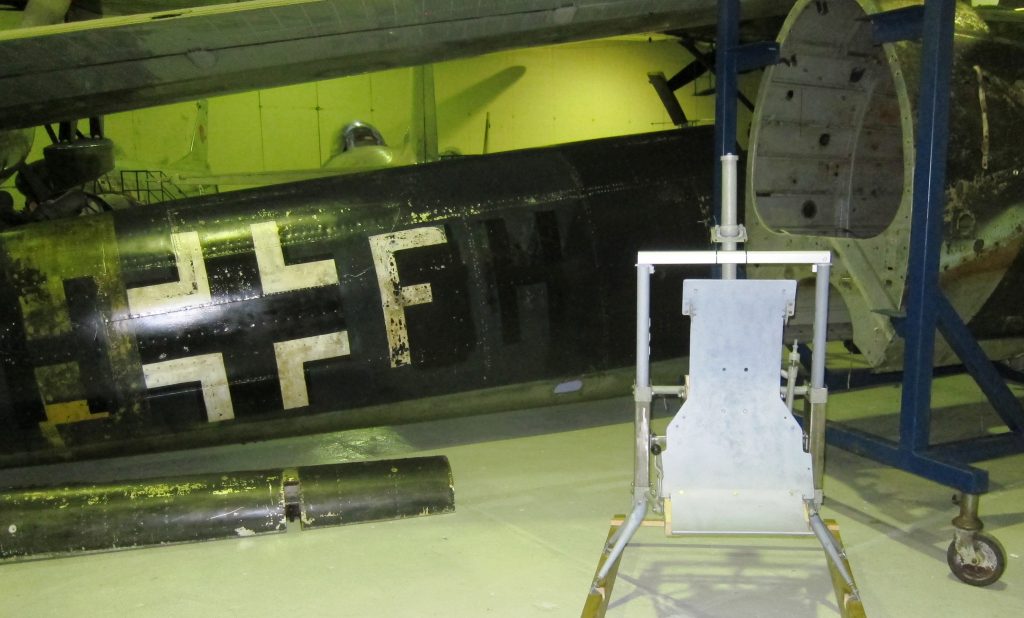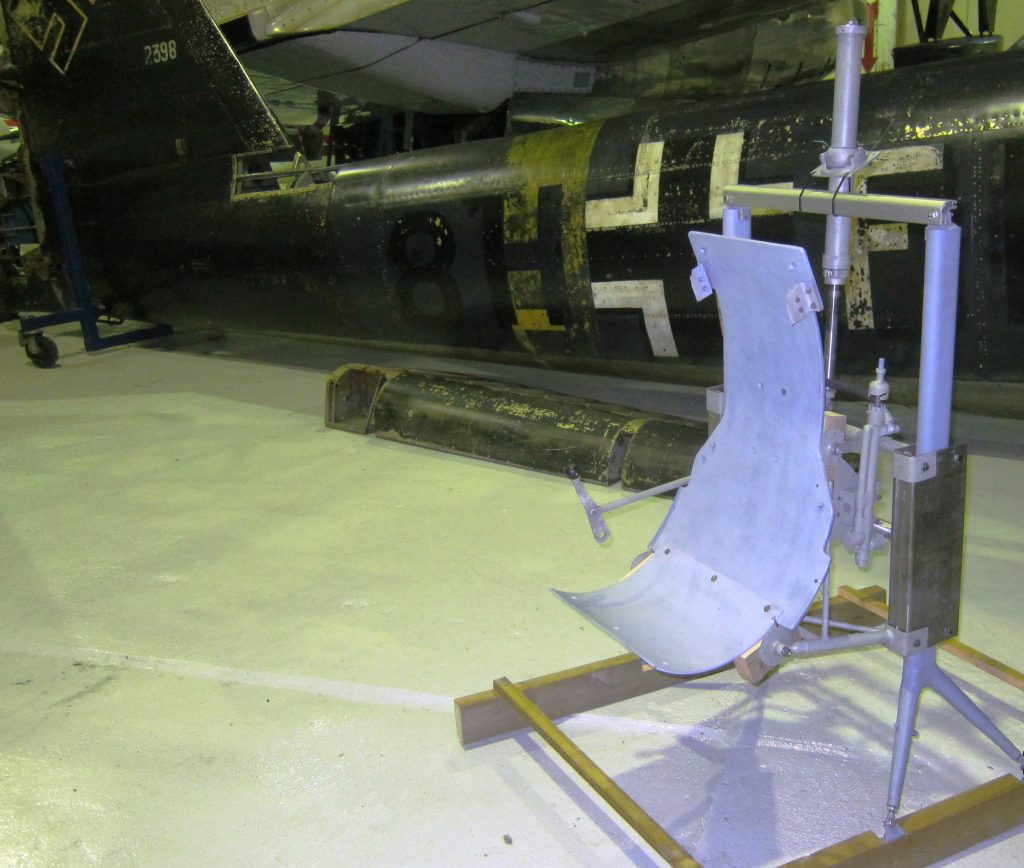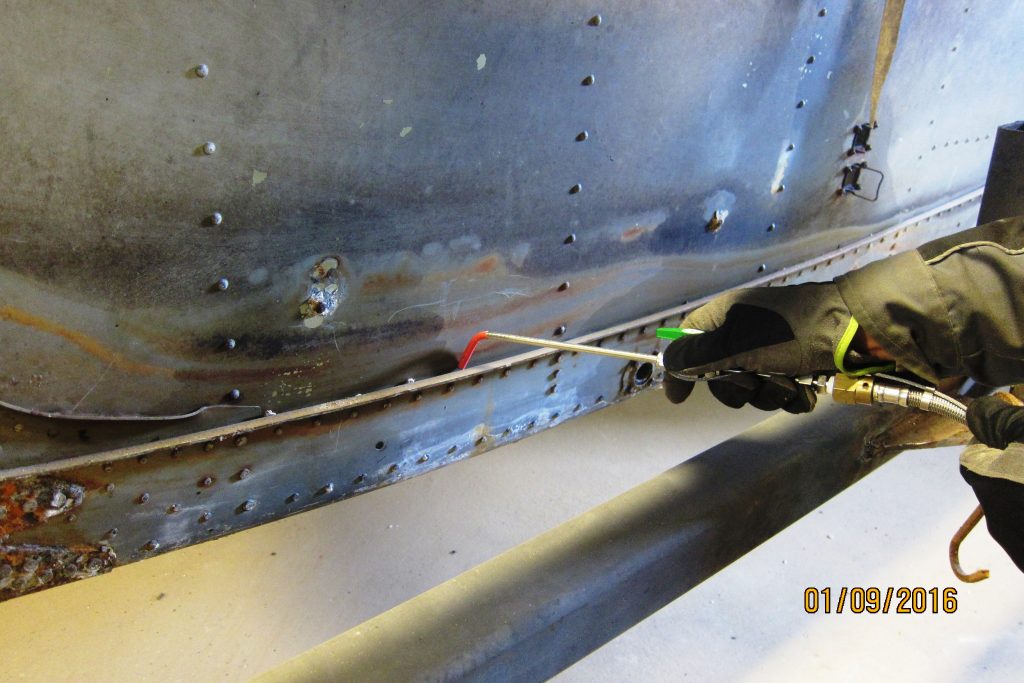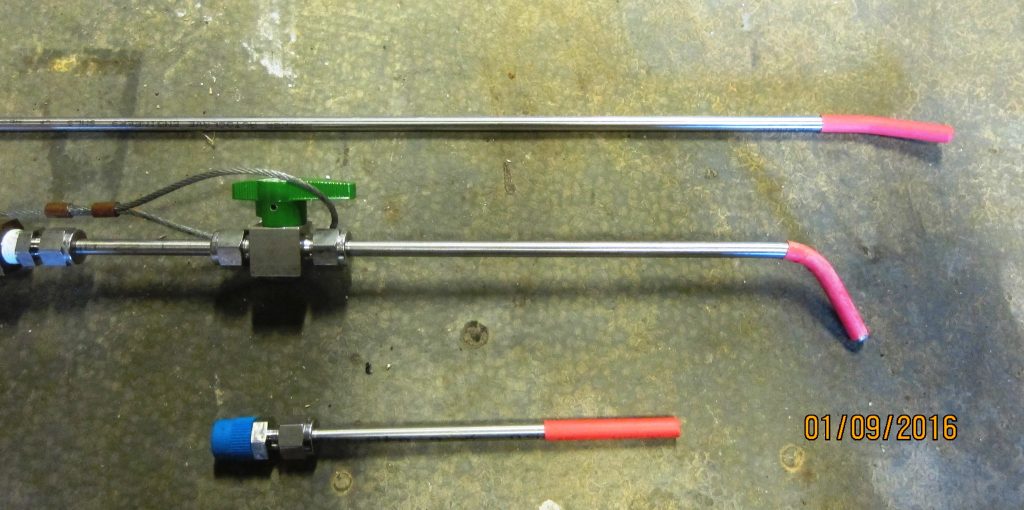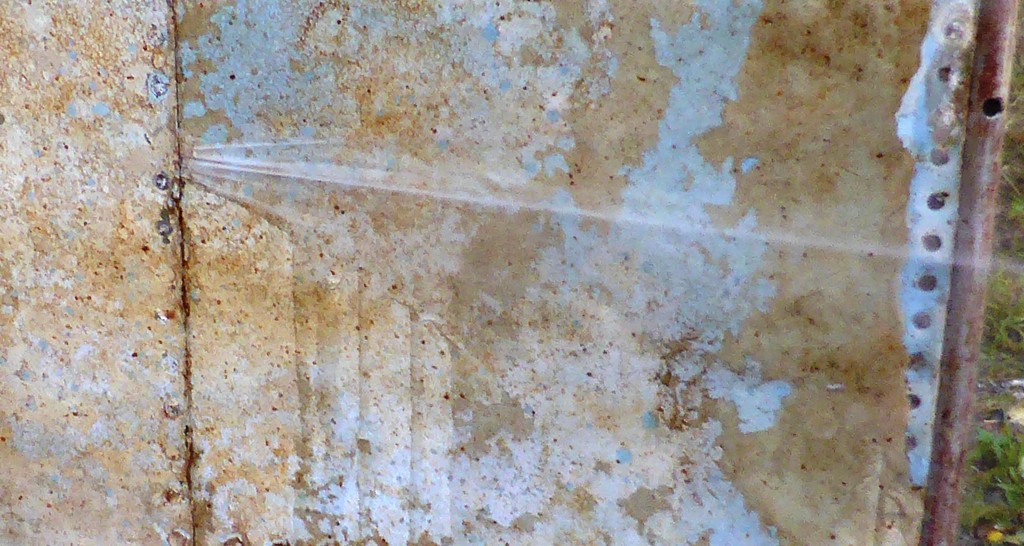Vi har de ukene som har gått siden siste oppdatering av hjemmesiden vært plaget med sykdom og småskader
17ERECTILE DYSFUNCTION generic cialis – upper range (vigorous activity).
17ERECTILE DYSFUNCTION generic cialis – upper range (vigorous activity).
. Det har derfor ikke vært noen stor fremdrift i arbeidet med flyet
. Noe positive ting kan vi likevel trekke frem og fortelle om.
Det møysommelige arbeidet med å reparere det skadde høyderoret har fortsatt i denne siste perioden. Luftavfukteren ute i Heinkel Hallen har nå vært i drift i fem uker, og vi ser at gjennomsnittelig relativ fuktighet nå ligger på 45%
. Det er fortsatt akkumulert fuktighet igjen i betongvegger og innredning. Denne må tørkes ut før vi kan regne med at nivået synker lenger ned. Vi har heller enda ikke justert avfukteren med tanke på å komme helt ned til det laveste nivået. I stedet for har vi prioritert å få til en sirkulasjon i luftvolumet i hallen.
Magnet brytere og brytere for stigningskontroll som vi la ut bilder av ved siste oppdatering er nå ferdig konservert og montert. Vi har siden sist demontert startbryterne, og arbeider nå med å få renset disse best mulig innvendig. Disse er i en rimelig god stand og målet er å få alle bevegelige deler i diss til å fungere igjen. Planen er at de nå skal legges i en siste sitronsyre løsning oppe i ultralydvaskeren. Fra før av har de blitt vasket i en kaldavfetting, liggende oppe i ultralydvaskeren, samt at de har ligget et elektrolyse bad.
Vi har nå funnet frem rullebrettet som navigatøren kunne ligge på når denne enten skulle bruke bombesiktet, eller betjene MG 15 helt fremme i nesen. Finer brettene med tilhørende mekanismer er i en meget god stand, men polstringen er dessverre helt borte. Finer platen i den bakre delen skal nå demonteres for å legges i polyetylen glykol. Fra før av er den fremre finerplaten lagt ned samme væske. Hensikten med dette er å hindre at porene i finer materialene i et lengre tidsperspektiv ikke skal kollapse. Resten av rammeverk og rullemekanismer trenger rengjøring og samtlige kulelager trenger noen runder i diverse ultralydbad før disse forhåpentligvis igjen er fungerer som forutsatt.
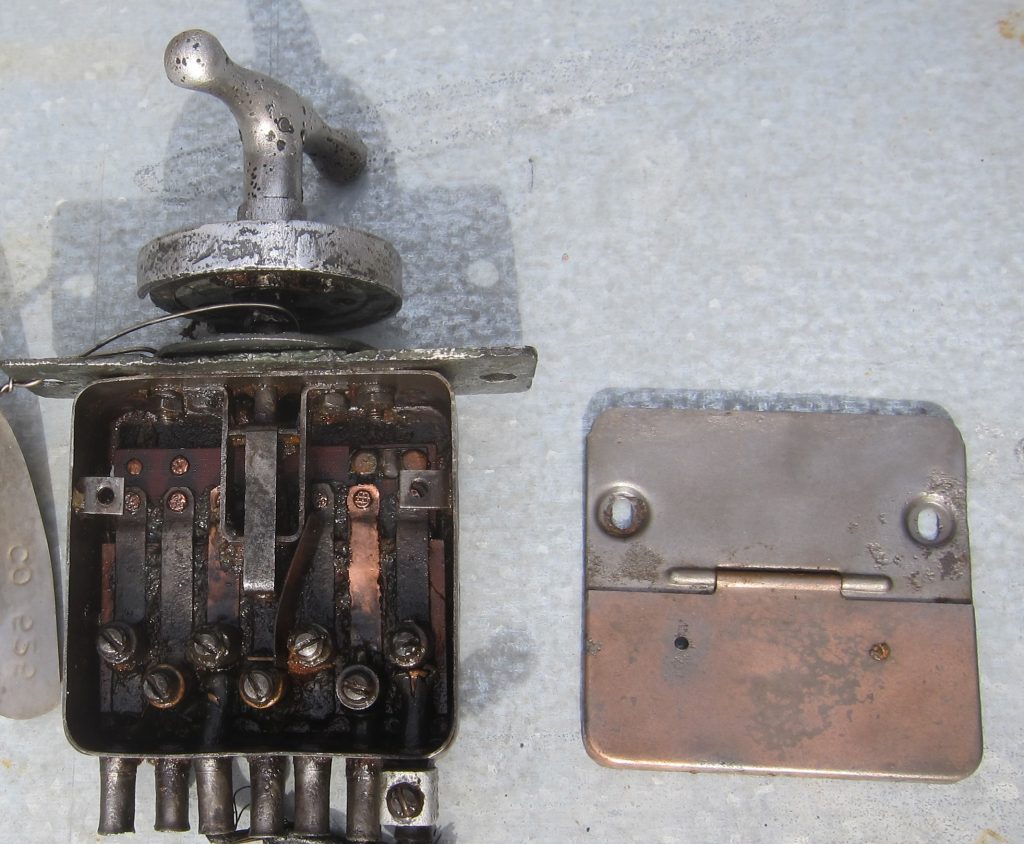
Startbryter før demontering og en siste runde med rengjøring
. Målet er å få alle bevegelige deler i disse til å fungere igjen.
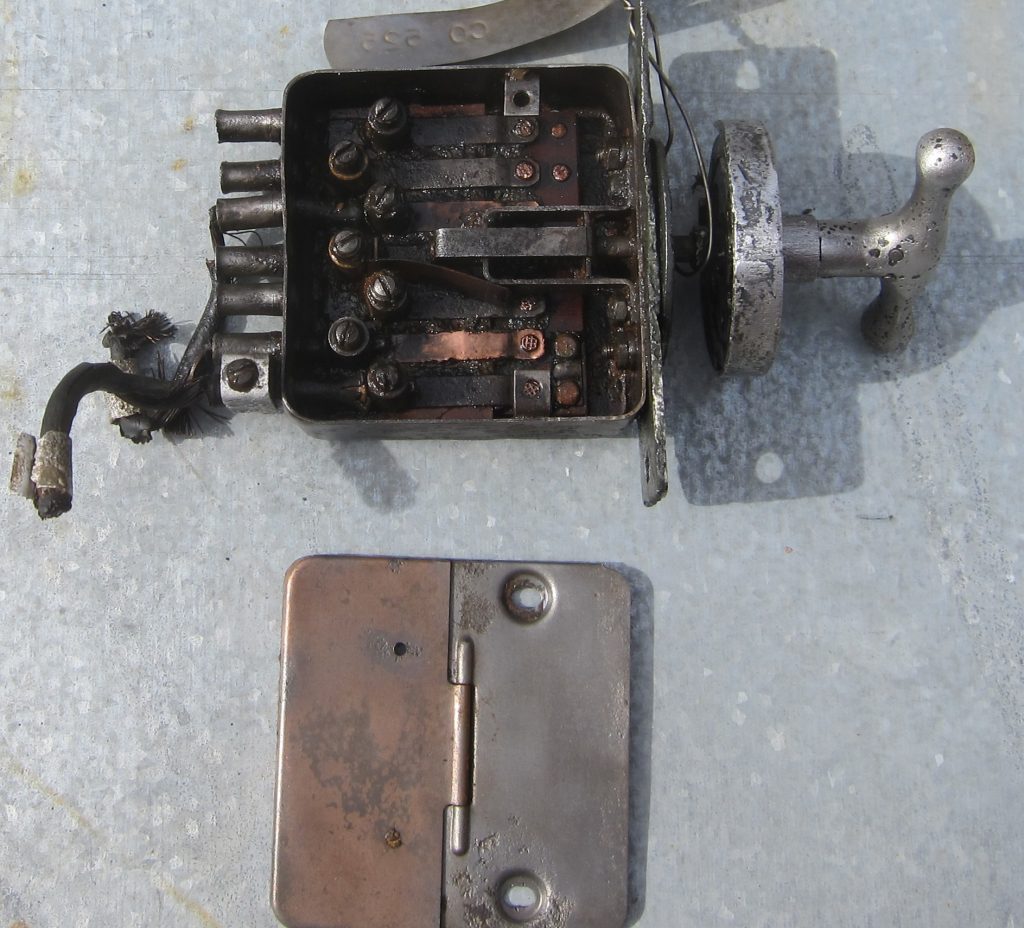
Startbryter før demontering og en siste runde med rengjøring. Målet er å få alle bevegelige deler i disse til å fungere igjen.
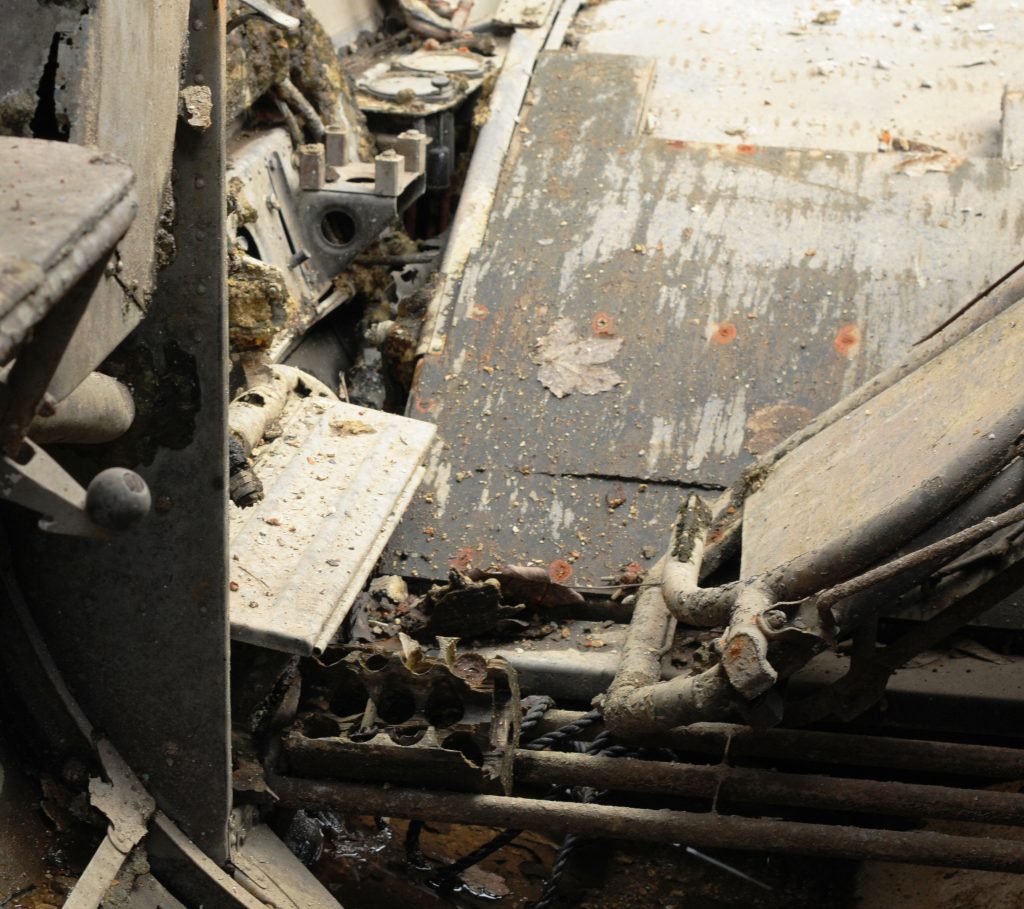
Navigatørens rullebrett sett fra babord bakkant. Bildet er tatt rett etter at flyet ble hevet i 2012.
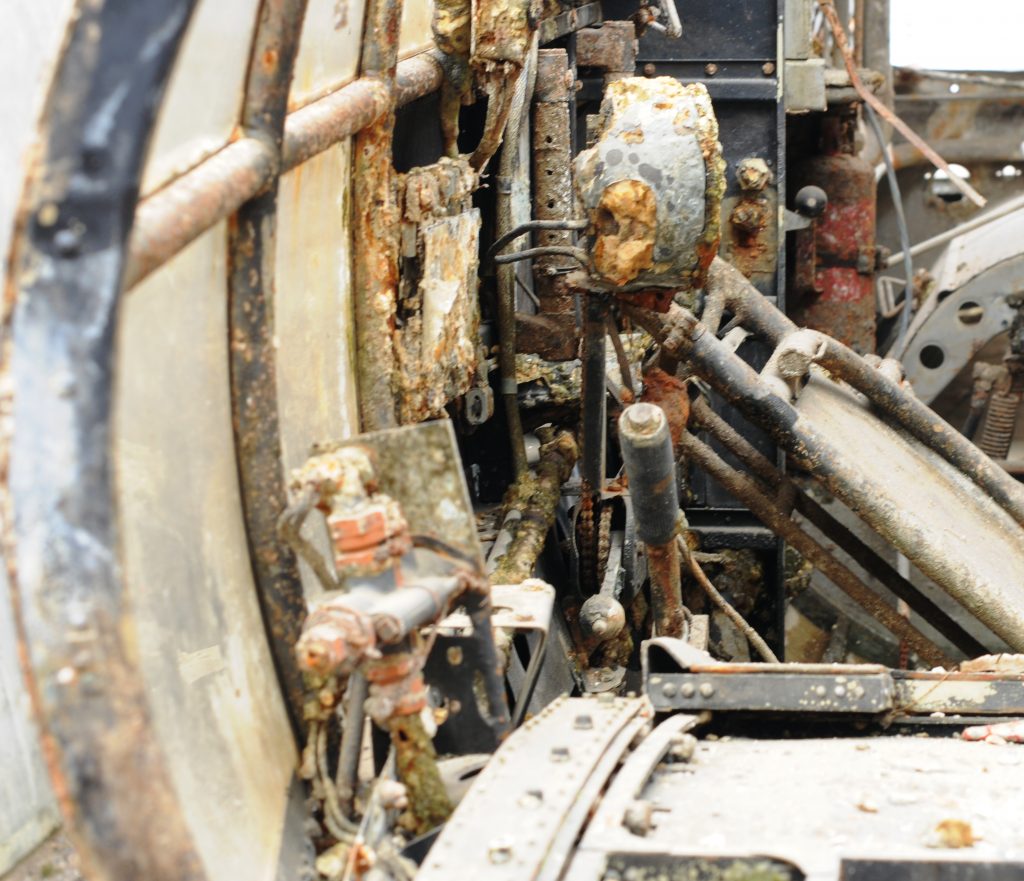
I bakkant av rullebrettet kan en her se spaken som navigatøren brukte når denne skulle låse brettet i en av posisjonene. Bildet er tatt rett etter at flyet ble hevet i 2012.
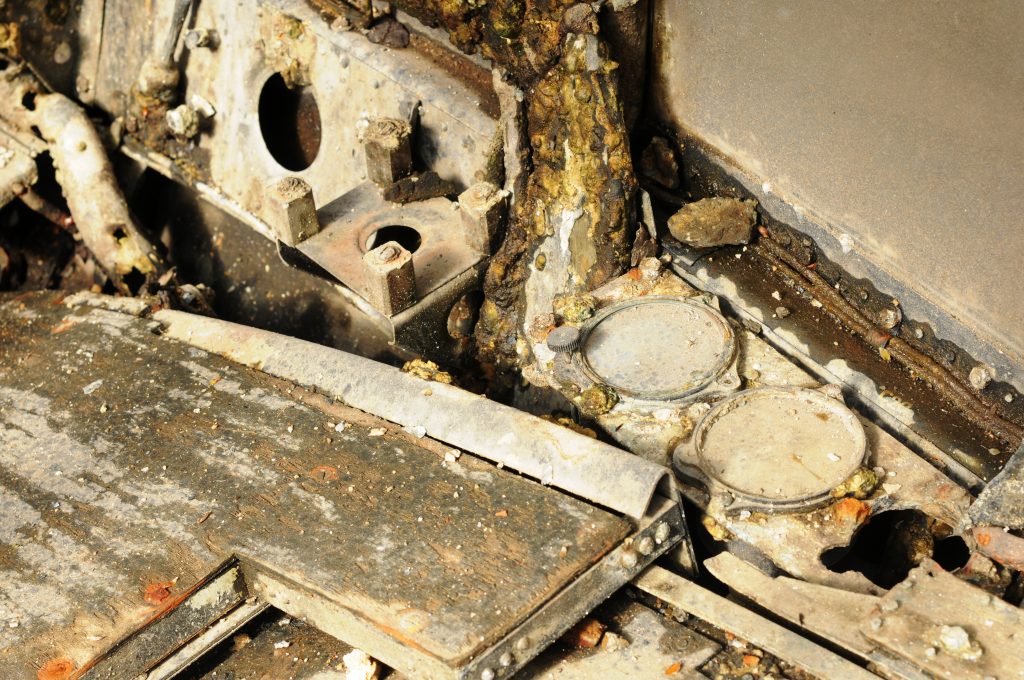
Fremre babord hjørne av navigatørens rullebrett. Bildet er tatt rett etter at flyet ble hevet i 2012.
